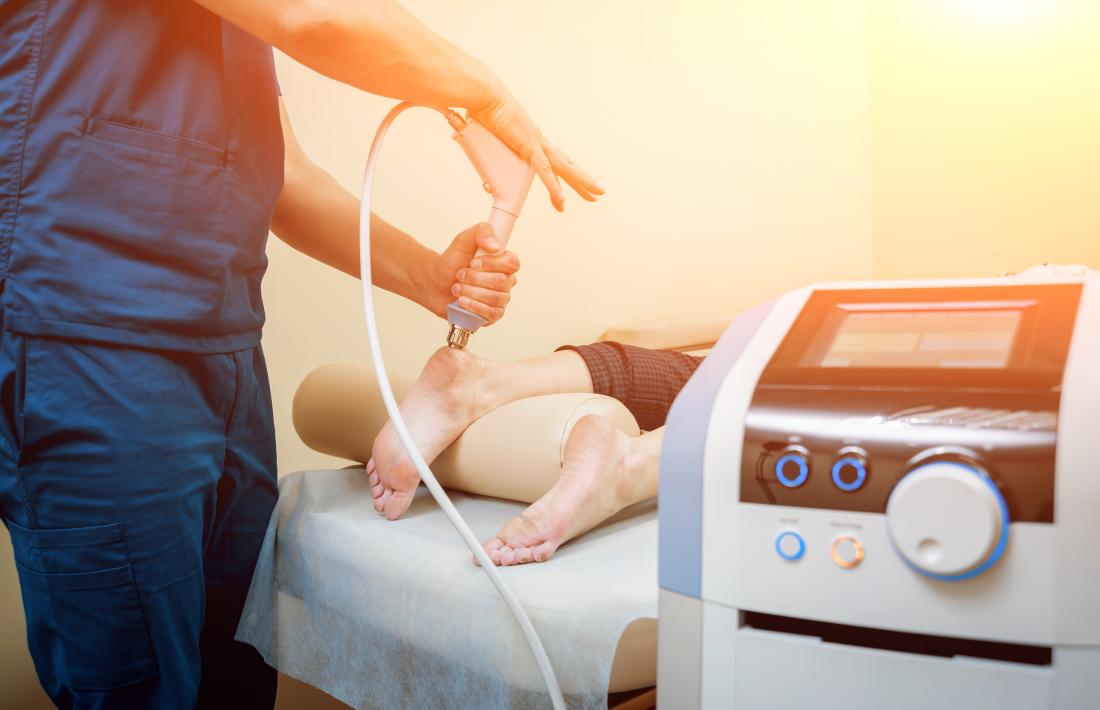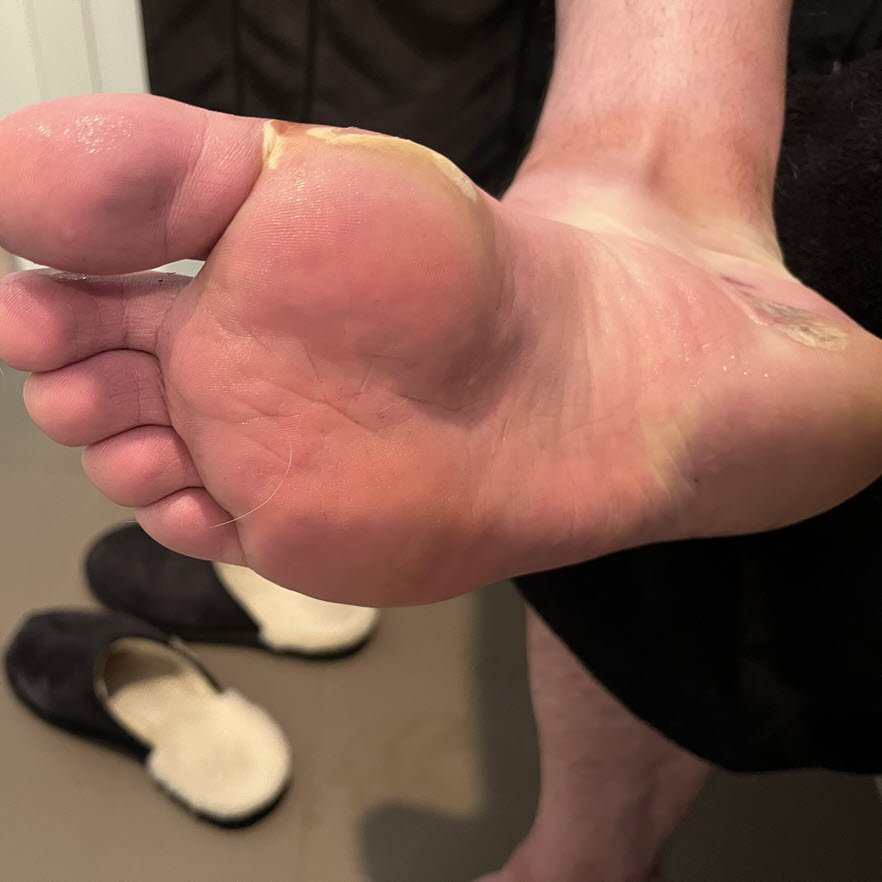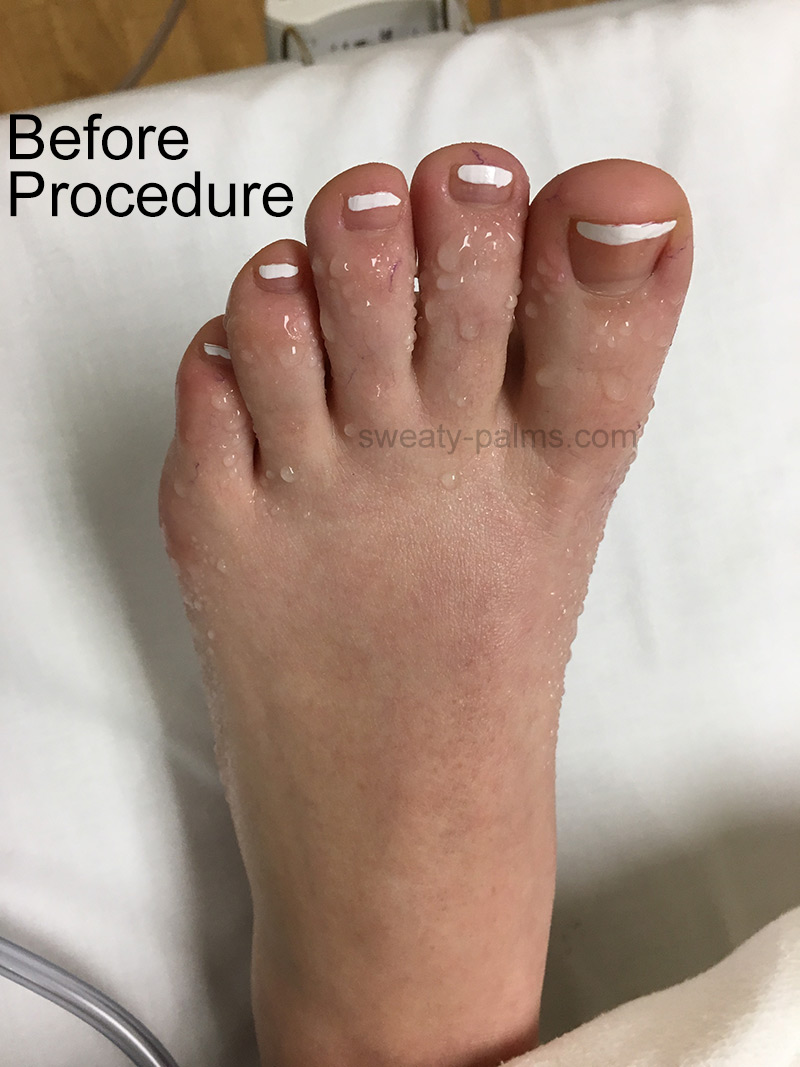Revealing the Intricacies of Excessive Sweating: A Comprehensive Overview to Diagnosis and Administration
Extreme sweating, clinically understood as hyperhidrosis, is a condition that impacts a significant number of individuals and can have a profound influence on their top quality of life. While sweating is an all-natural physical function, its overactivity in hyperhidrosis presents an unique set of obstacles that usually go past simple discomfort.

Recognizing Hyperhidrosis Causes
Hyperhidrosis creates can be connected to different aspects such as genetics, hormonal inequalities, and particular medical conditions. Genes play a substantial function in primary focal hyperhidrosis, where people acquire the condition from their member of the family. This sort of hyperhidrosis typically manifests in specific locations like the palms, soles of the feet, underarms, and face. Hormonal inequalities, especially an over active thyroid gland or menopausal changes, can additionally cause extreme sweating. In addition, certain clinical conditions such as diabetes, heart illness, and infections can result in secondary generalised hyperhidrosis. These underlying health concerns can interrupt the body's all-natural air conditioning system, causing the gland to become over active. Understanding the source of hyperhidrosis is critical in identifying and effectively handling this condition. By determining the specific aspects adding to too much sweating, doctor can tailor therapy plans to attend to the underlying cause, using alleviation and enhancing the lifestyle for individuals impacted by hyperhidrosis.
Recognizing Hyperhidrosis Manifestations

Additionally, hyperhidrosis signs may show up in social and psychological distress, as people might feel embarrassed or distressed regarding their sweating, resulting in avoidance of social scenarios (Exessive Sweating). In addition, repeated episodes of excessive sweating can cause skin maceration, fungal infections, and a general decrease in self-confidence
Diagnostic Process for Hyperhidrosis
Launching the diagnostic procedure for extreme sweating entails complete assessment of the person's medical background and health examination. Inquiring concerning the onset, period, and sets off of sweating episodes is critical to distinguish in between main focal hyperhidrosis and second generalized hyperhidrosis. Clinical history must also include inquiries about medicines, medical problems, and household history of hyperhidrosis.
During the physical exam, specific focus is paid to the locations affected by sweating. The medical care service provider might assess the degree of sweating, look for signs of underlying conditions, and review the impact of sweating on the person's quality of life. Furthermore, particular examinations like the gravimetric test, starch-iodine test, or skin conductance dimensions might be conducted to quantify the amount of sweat created.
Moreover, in situations where additional hyperhidrosis is presumed, added examinations such as blood examinations, urine tests, and imaging research studies may be recommended to determine the underlying reason for excessive sweating. The diagnostic process intends to you can check here properly establish the kind and reason for hyperhidrosis to assist proper administration methods.
Treatment Choices for Hyperhidrosis
When dealing with excessive sweating, various therapy alternatives are offered to minimize signs and improve the person's top quality of life. The treatment method for hyperhidrosis depends on the extent of signs and symptoms and the individual's reaction to initial treatments.
Topical treatments, such as aluminum-based antiperspirants, are frequently advised as the very first line of protection for managing light cases of hyperhidrosis. For people with more extreme symptoms, dental drugs like anticholinergics may be suggested to assist lower sweating.

Effective Administration Methods
To properly take care of hyperhidrosis, a thorough and customized treatment plan customized to the client's details demands and action to previous therapies is important. This plan may incorporate a mix of restorative techniques, consisting of way of life modifications, topical treatments, dental medicines, botulinum toxic substance injections, iontophoresis, and in severe instances, surgical interventions like gland elimination or sympathectomy. Way of life modifications such as putting on moisture-wicking apparel, utilizing antiperspirants, and practicing stress-reducing strategies can match medical treatments. Topical antiperspirants consisting of aluminum chloride are frequently the first-line therapy, with more powerful formulations readily available for resistant cases. Dental medicines like anticholinergics might be recommended for helpful resources generalized hyperhidrosis. Botulinum contaminant injections work for focal hyperhidrosis, supplying short-term alleviation by blocking the launch of acetylcholine. Iontophoresis, including the use of a reduced electrical present to decrease gland activity, can be valuable for both palmoplantar and axillary hyperhidrosis. Surgical choices are typically scheduled for severe, refractory situations and require cautious factor to consider of benefits and threats. A multidisciplinary approach entailing dermatologists, medical care doctors, and, if essential, cosmetic surgeons, can enhance see post the monitoring of hyperhidrosis.
Conclusion
In final thought, hyperhidrosis is a condition characterized by excessive sweating, which can greatly influence a person's high quality of life. With appropriate diagnosis and management approaches, people experiencing from hyperhidrosis can find alleviation and enhance their general well-being.
Too much sweating, clinically known as hyperhidrosis, is a condition that influences a considerable number of individuals and can have an extensive effect on their quality of life. By recognizing the details aspects contributing to too much sweating, health care service providers can tailor therapy plans to resolve the underlying cause, offering alleviation and improving the top quality of life for individuals affected by hyperhidrosis.
Hyperhidrosis, defined by excessive sweating past what is required for managing body temperature, can dramatically affect a person's high quality of life. Making inquiries regarding the start, duration, and causes of sweating episodes is important to differentiate in between primary focal hyperhidrosis and additional generalised hyperhidrosis. How to stop sweaty hands.In conclusion, hyperhidrosis is a condition defined by excessive sweating, which can substantially affect a person's high quality of life